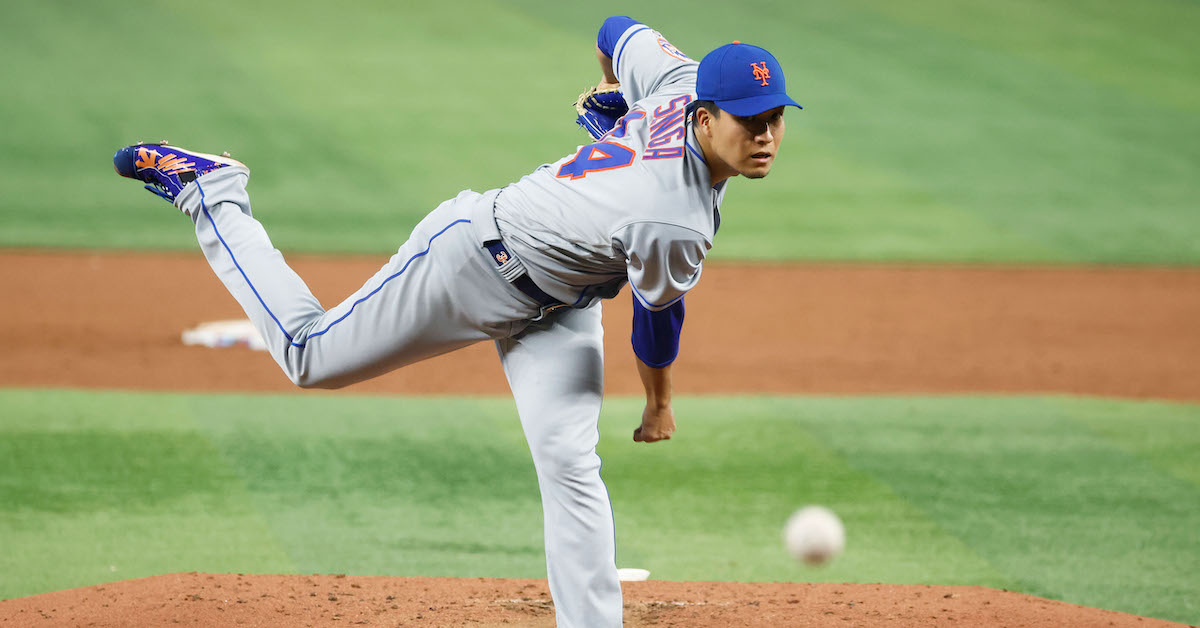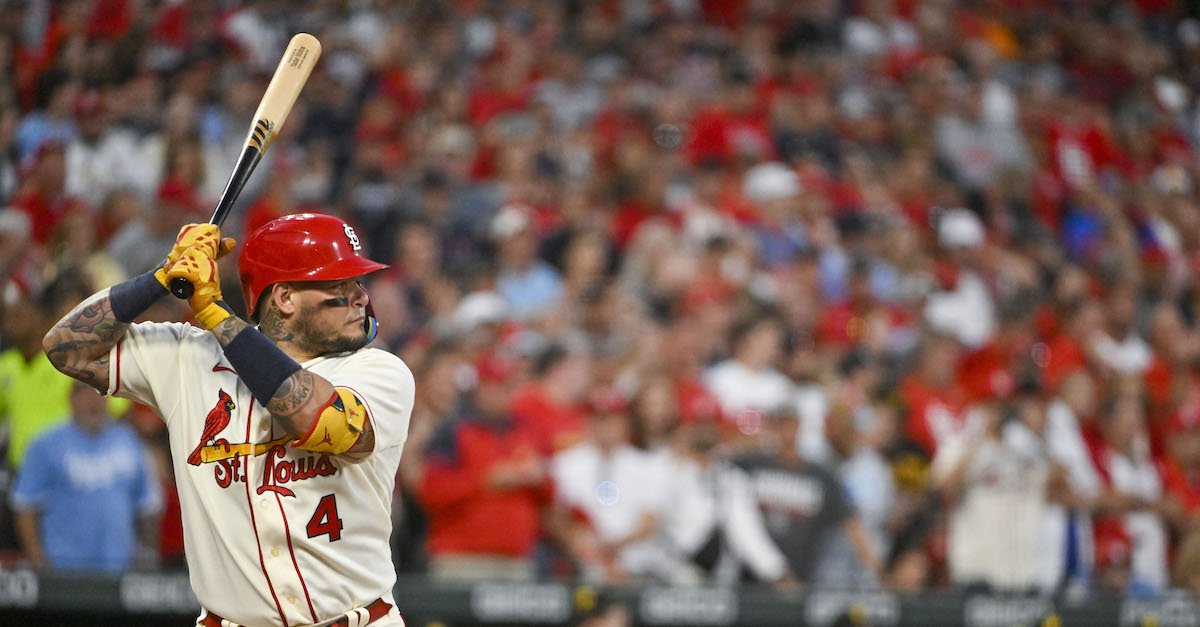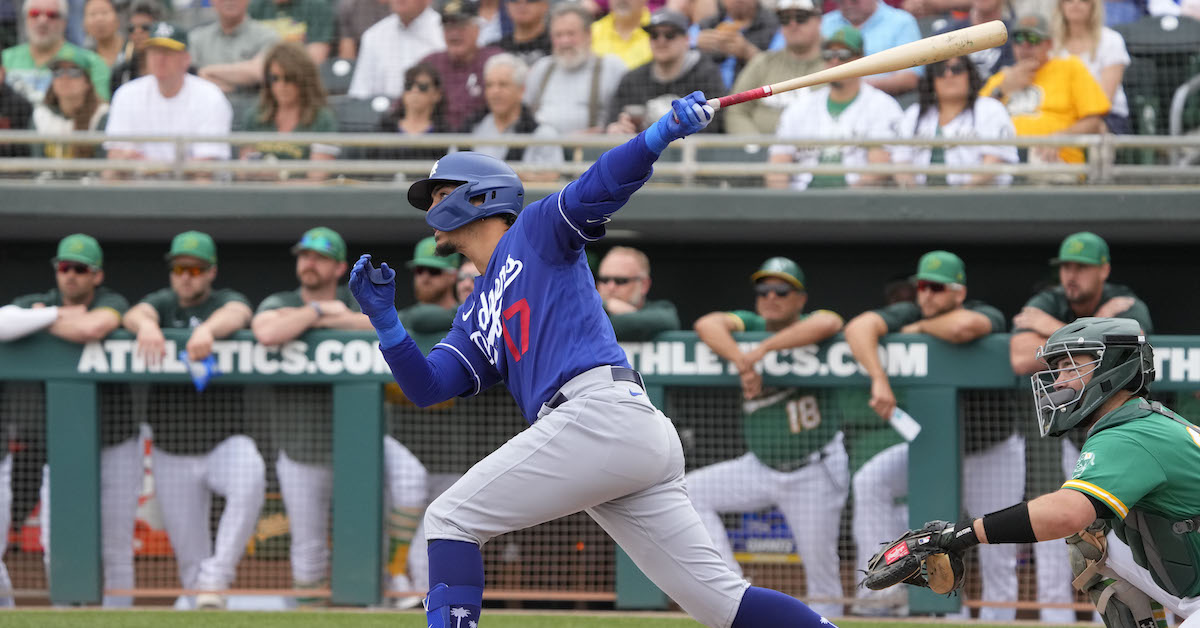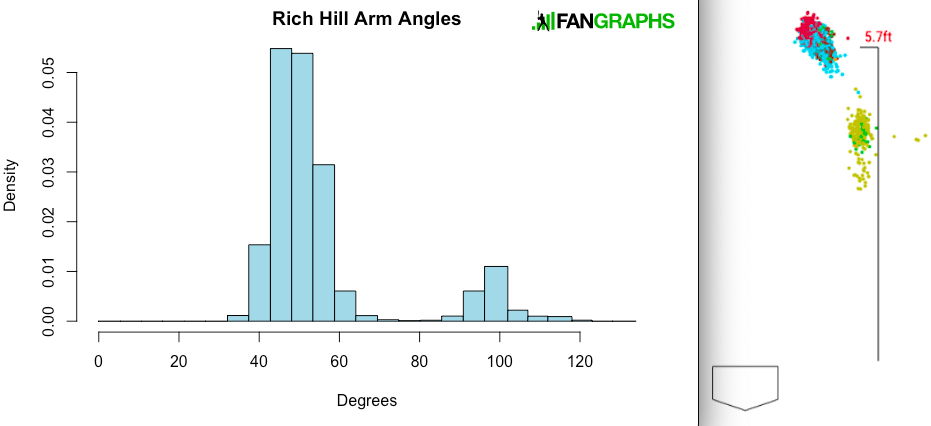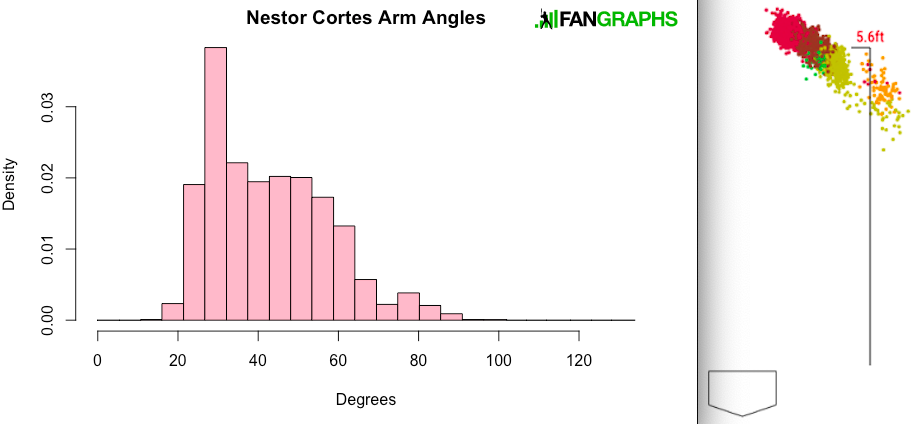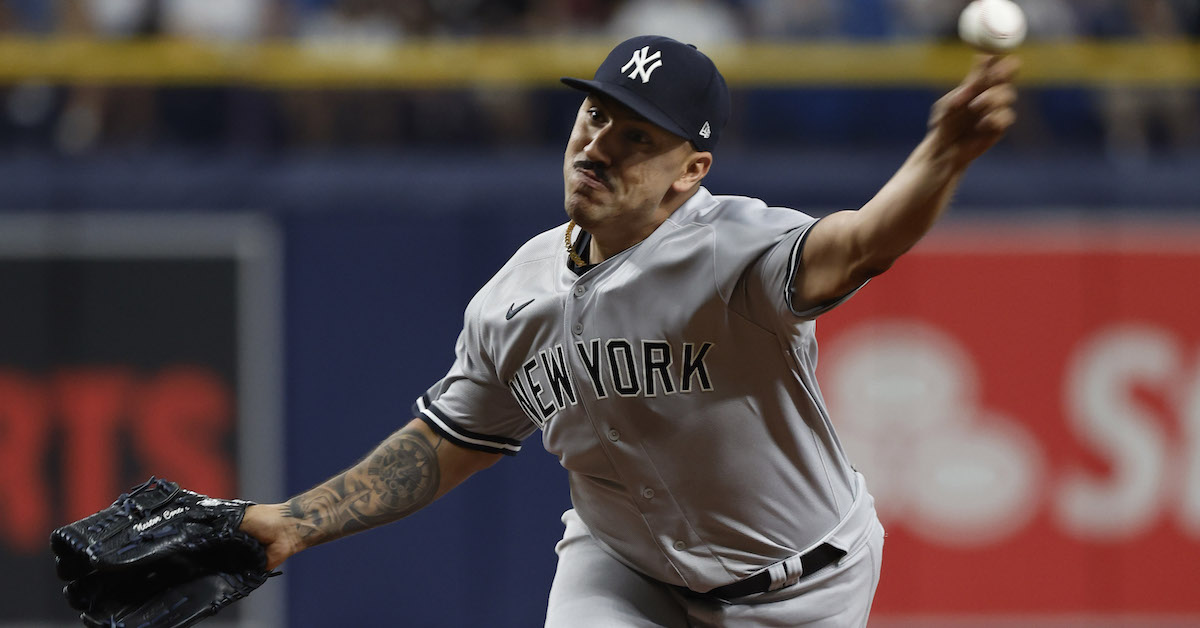How Should St. Louis Play Their Outfield Cards?

The St. Louis Cardinals have scuffled in the early going. Even after a win against the Mariners on Sunday, their record stands at a paltry 9-13. Through the weekend, their 2.2-win dip in projected win total has been the sixth-largest decrease since the season began, and among serious contenders, their performance looks even worse: the Cards’ 22.2% decrease in divisional odds has been the league’s largest, bypassing the second-place Yankees (-19.3%), who’ve had to deal with the Rays’ historic start. Further, the Cardinals’ 18.6% drop in playoff odds is second only to the White Sox (-20.1%), who’ve played even worse at 7-15. But what’s plaguing the Redbirds?
We knew that their starting pitching was a weakness coming into the season, and it’s been even worse than advertised. We pegged their starting staff as the 20th-best during our positional power rankings, and they’re 26th in both ERA and WAR, and aren’t much better by FIP (24th), even after a stellar Sunday performance from Jack Flaherty. Though we anticipated his absence at the time, perhaps we underestimated the impact that Adam Wainwright’s early-season injury recovery would have on the staff as a whole. Nevertheless, the Cards’ pitching woes have been within our margin for error. On the other hand, their lack of outfield production has been more surprising.
Going from left to right field, we ranked the Cards 15th, eighth, and ninth in our positional power rankings. Their outfield bats have been solid if unspectacular thus far, with their 104 wRC+ tying for 13th in the league. Yet, their defense has dragged them down: by OAA, UZR, and DRS, they tie for 25th, have sole possession of 26th, and are in a four-way tie for 23rd, respectively. That all adds up to a WAR figure of just 0.3, good (or bad) for 21st in the league. Read the rest of this entry »


